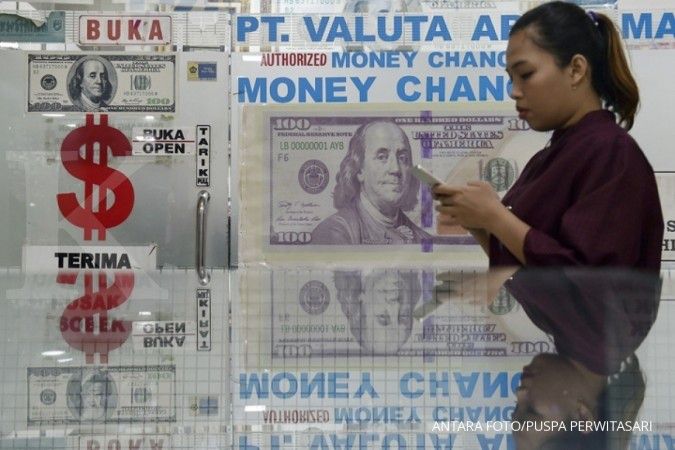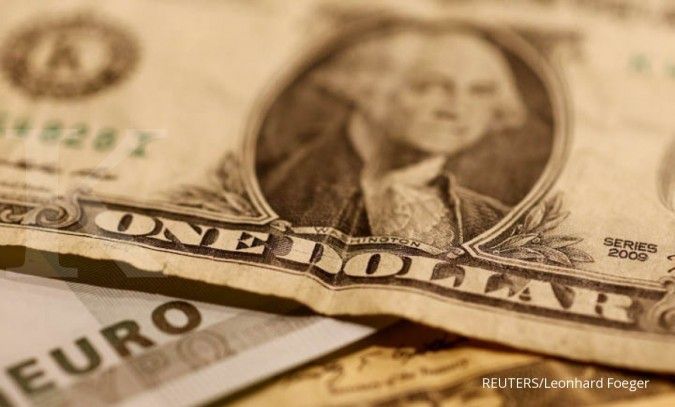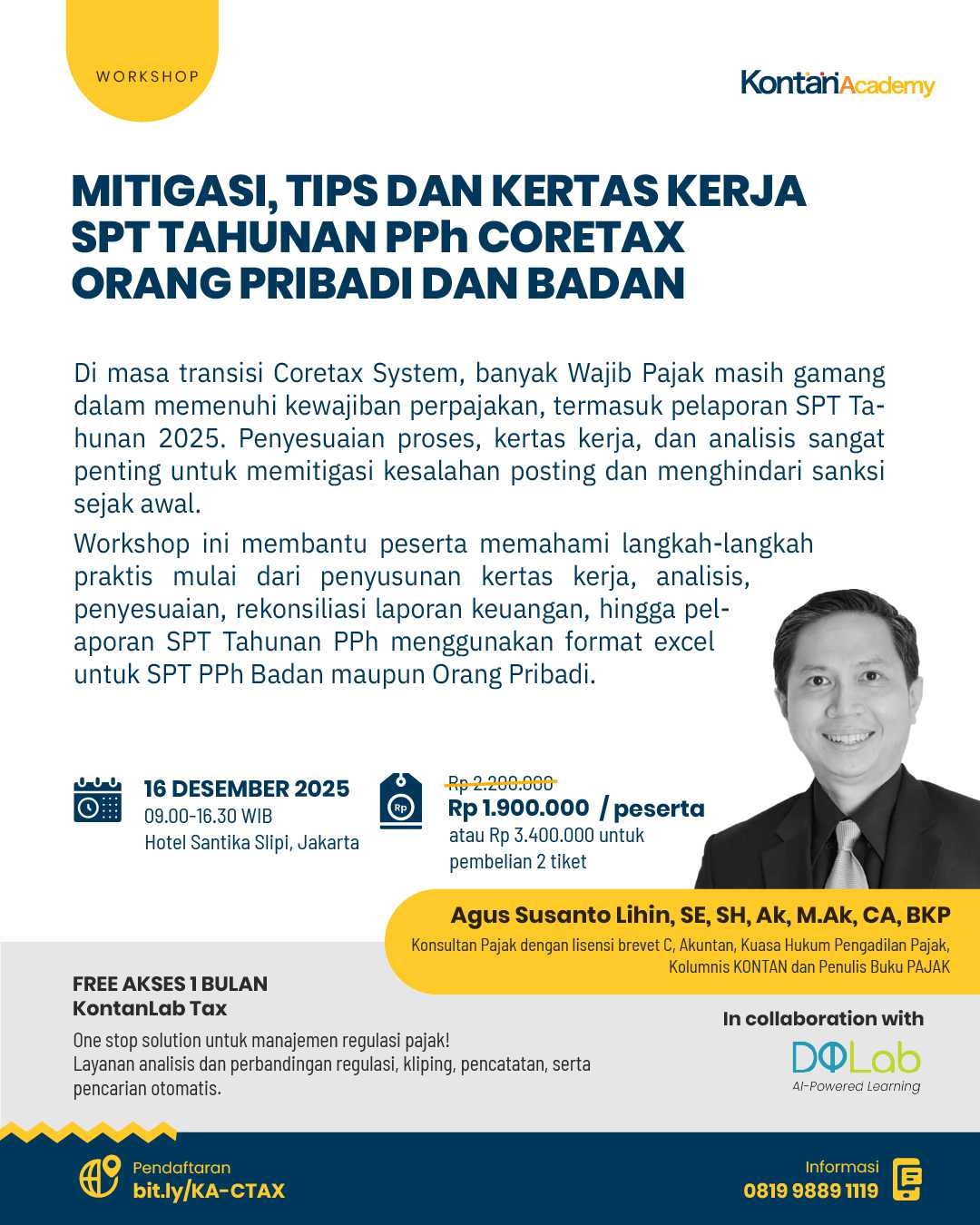Sumber: The Fed | Editor: Hasbi Maulana
Total U.S. consumer prices, as measured by the PCE price index, increased 1-3/4 percent over the 12 months ending in January. Core PCE price inflation, which excludes changes in consumer food and energy prices, was 1-1/2 percent over that same period. The consumer price index (CPI) rose 2-1/4 percent over the 12 months ending in February, while core CPI inflation was 1-3/4 percent. Recent readings on survey-based measures of longer-run inflation expectations--including those from the Michigan survey, the Survey of Professional Forecasters, and the Desk's Survey of Primary Dealers and Survey of Market Participants--were little changed on balance.
Foreign economic activity expanded at a moderate pace in the fourth quarter. Real GDP growth picked up in Mexico but slowed a bit in some advanced foreign economies (AFEs) and in emerging Asia. Recent indicators pointed to solid economic growth abroad in the first quarter of this year. Inflation abroad continued to be boosted by the pass-through to consumer prices of past increases in oil prices. However, excluding food and energy prices, inflation remained subdued in many foreign economies, including the euro area and Japan.
Staff Review of the Financial Situation
Financial markets were turbulent over the intermeeting period, and market volatility increased notably. On net, U.S. equity prices declined, corporate bond spreads widened, and nominal Treasury yields rose.
Broad equity price indexes decreased over the intermeeting period. Market participants pointed to a larger-than-expected increase in average hourly earnings in the January employment report as a factor triggering increased investor concerns about inflation and the associated pace of interest rate increases. Those concerns appeared to induce a substantial decline in equity prices. The decline may have been exacerbated by broader concerns about the level of stock market valuations. On February 5, the VIX--an index of option-implied volatility for one-month returns on the S&P 500 index--rose to its highest level since 2015, reportedly driven in part by the unwinding of investment strategies designed to profit from low volatility. Subsequently, equity prices recovered about half of their decline, and the VIX partially retraced its earlier increase.


/2018/03/12/877210192.jpg)















